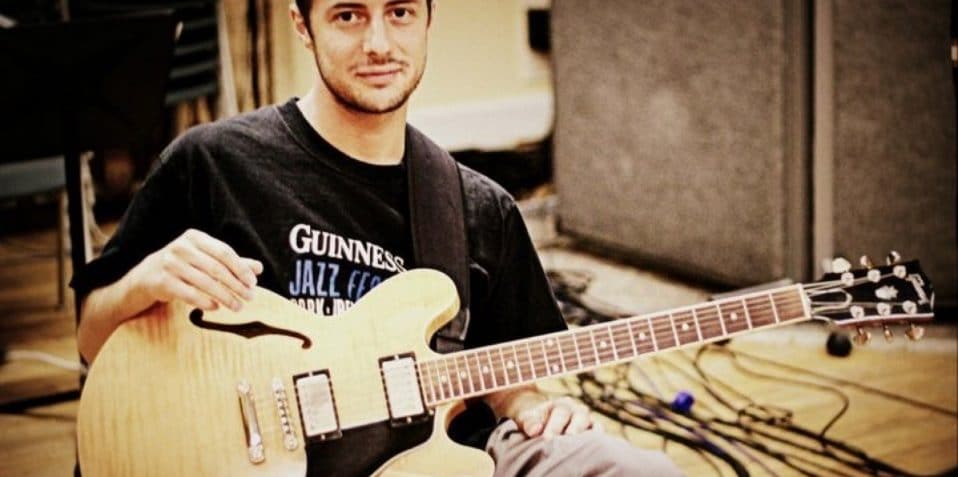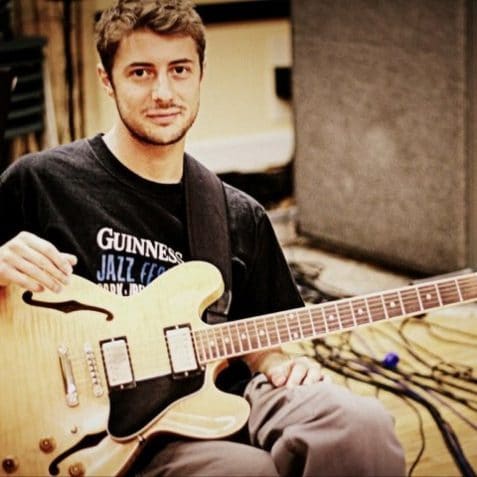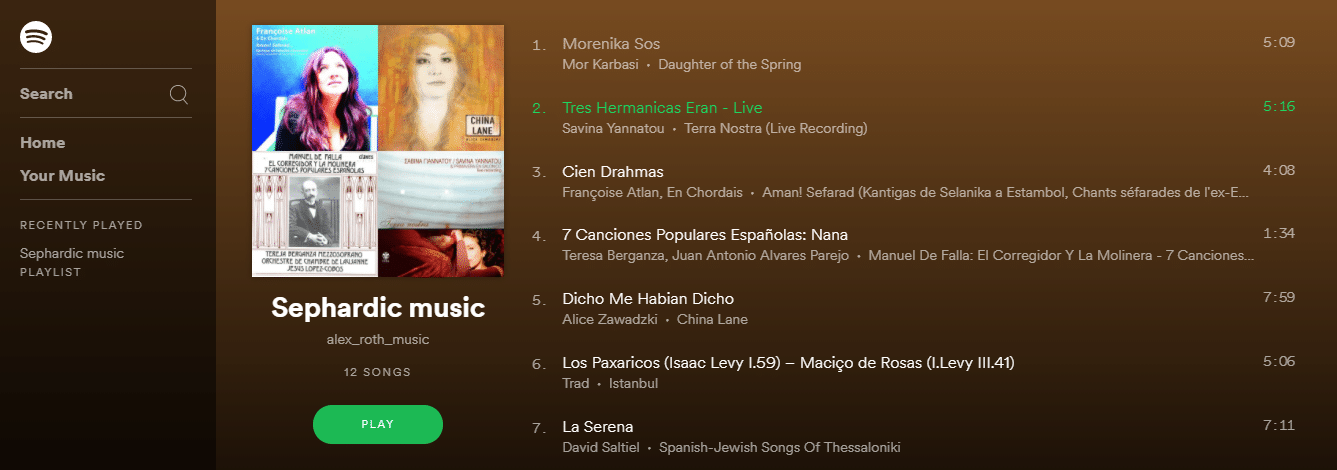Music Minds: Alex Roth


We invited Alex Roth of Sefiroth to come and tell us a little more about this oft-overlooked musical genre. Alex is a musical Renaissance man whose oeuvre spans across jazz, improv, contemporary classical, alternative folk and electronic music, as well as (of course) Sephardic music. He has also kindly curated a playlist of 12 rich, ephemeral tracks to initiate you into the world of Sephardic music! Find out more about Alex by taking a trip to his website.
So what is Sephardic music, where did it come from, and what does it sound like?
My brother Nick and I founded Sefiroth in 2010 as a vehicle for our explorations of Sephardic repertoire – the strand of Jewish music with roots in medieval Spain and Portugal. When people think of Jewish music, most often (in my experience) they think of klezmer, the largely instrumental music of Eastern European (Ashkenazi) Jews which is traditionally played at weddings and other celebrations. My brothers and I played this music from a young age, often with our mother at the piano. It wasn’t until years later that I started exploring the Sephardic repertoire, and the songs resonated with me in a very different way.
See below for a video recording of Sefiroth in action.
For a start, Sephardic music is predominantly vocal, traditionally sung by women either a cappella or accompanied by hand percussion, sometimes also a lute (oud or saz), zither (qanun) and/or hammered dulcimer (santur), depending on where the song originated. Then there is the language: most songs’ lyrics are in Ladino, a kind of cross between Spanish and Hebrew which lends itself to some deeply poetic and emotionally direct musical story-telling. This is music of the heart, heavily imbued with metaphor and often shrouded in mysticism. Lost love is a common theme; often this is a metaphor for Spain (Sefarad in Ladino), the homeland from which Jews were exiled at the end of the 15th century.
“Sephardic music is predominantly vocal, traditionally sung by women either a cappella or accompanied by hand percussion”
The music had already absorbed influences from the predominantly Muslim culture of medieval Iberia (in this respect it shares some musical DNA with flamenco and, to a lesser extent, fado). After the expulsion of the Jews, the Sephardic diaspora assimilated new elements from the various cultures they encountered. Broadly speaking, two main strands evolved: a “western” tradition developing in North Africa (particularly Morocco) and incorporating Arabic vocal stylings; and an “eastern” tradition that spread across the Mediterranean basin into the Ottoman empire, picking up rhythms from Turkish, Greek and Balkan music. You can hear all these influences in the range of songs I’ve compiled in this playlist, which features some of the best-known performers of Sephardic repertoire and some of my favourite tunes.
Though heavily influenced by these recordings, Sefiroth’s renditions also reflect our own backgrounds as improvising musicians in 21st century London, and each member of the band brings a unique quality that (I think) breathes new life into these ancient songs…

-
Catch Alex and his band Sefiroth at Poplar Union on Sunday 3 December where he will be performing contemporary interpretations of Sephardic music.


